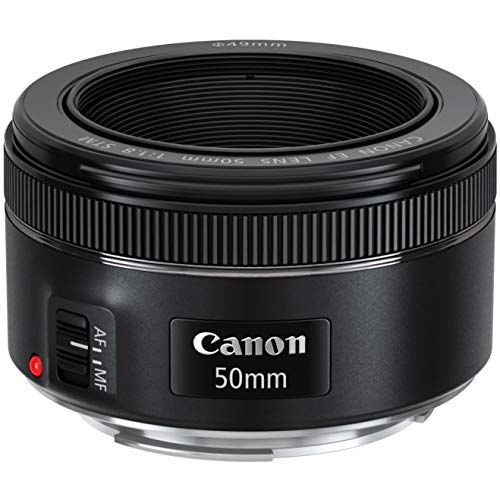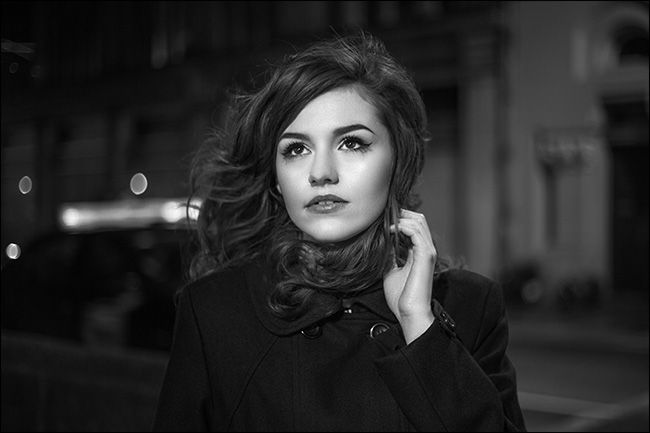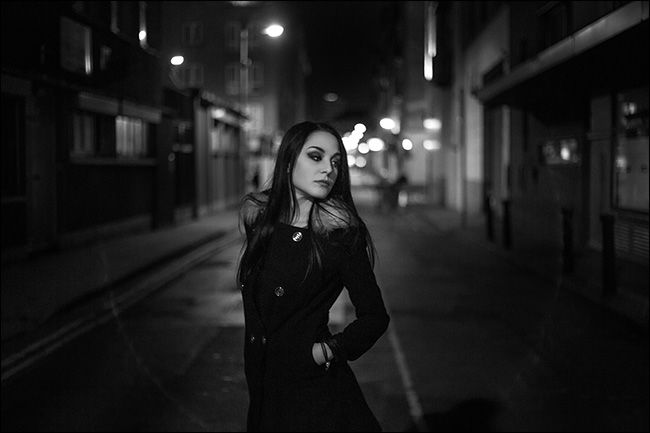Quick Links
In photography, there are two types of lenses: zoom lenses and prime lenses. Zoom lenses cover a range of focal lengths. If you own a DSLR, it probably came with a zoom lens. Here's why you might want to get prime lenses instead.
Zoom Lens vs. Prime Lens
If you've just bought a new DSLR, the kit lens that comes with your camera is almost certainly a zoom lens; most come with an 18-55mm lens, which means that lens covers every focal length between 18mm and 55mm. A prime lens, on the other hand, covers just one focal length. A 50mm lens is just a 50mm lens.
If, however, the 18-55mm lens that comes with your camera can be used as a 50mm lens, why on earth would you get a dedicated 50mm prime lens?
Prime Lenses Perform Better
Focal length is just one of the characteristics of a lens; the other important one is aperture. Just knowing the focal length of a lens doesn't tell us a whole lot about how it will perform in the real world.
Focal length determines the field of view and apparent magnification of the lens, while aperture determines the depth of field and low light performance. All 50mm lenses will share the same field of view and magnification, but they can have vastly different apertures.
Looking back at our 18-55mm kit lens, at 50mm it probably has a maximum aperture of f/5.6. This isn't especially wide, and won't make pleasing portraits or perform great in low light. The 50mm prime lens, however, will have an aperture of f/1.8 or even wider. That's more than a three stop increase in aperture, which means the lens can let around ten times more light into the camera. That's a serious amount more low light performance, and a much shallower depth of field.
Prime Lens Tend to Be Better Value
Prime lenses also tend to cost less than similar quality zoom lenses. A 50mm f/1.8 prime can be bought on Amazon for around $125. You can get plenty of incredible prime lenses with wide apertures for under $1000. Good zoom lenses, however, cost a lot more.
A Canon 24-70mm f/2.8 zoom lens---which is a workhorse for many professionals---costs about $1900. The $150 50mm prime won't have quite the same build quality, but it will perform a lot better at night. The Canon 50mm f/1.4 costs just $399, is a lot better built than the f/1.8 and performs even better in low light. As you can see, with prime lenses there are very affordable, very good options.
This isn't to say all primes are cheap---some of the most expensive lenses in Canon's lineup are their fast telephoto primes---but, for a photographer on a budget, you can get a lot more bang for your buck with prime lenses.

Canon EF 50mm f/1.8 STM Lens
For a relatively low price, you can get a starter prime lens to grab some excellent shots.
Limits Help Your Photography
While being able to get great lenses at affordable prices is reason enough to consider adding primes to your kit, there's another reason you should think about it: limits help you be creative.
When you can only use a single focal length, you have to think about everything you do. With a zoom lens, you've got a lot more flexibility. You don't need to stand in the exact right spot; you can always adjust things with the lens. With a prime, you have to think about where you need to stand before lining up the shot. If you stand in the wrong spot, you're going to need to move or, possibly, miss your shot. Yes, you're more limited, but these limits force you to think and be deliberate.
Thinking more leads to greater creativity and greater creativity leads to better photos.
The flexibility of a zoom lens is great in certain circumstances but you are paying a huge premium, both in terms of price and performance. A prime lens might require more thought to use, but you get a lot more lens for your buck. Both lenses have their place, but don't dismiss primes out of hand, just because they only cover one focal length.




